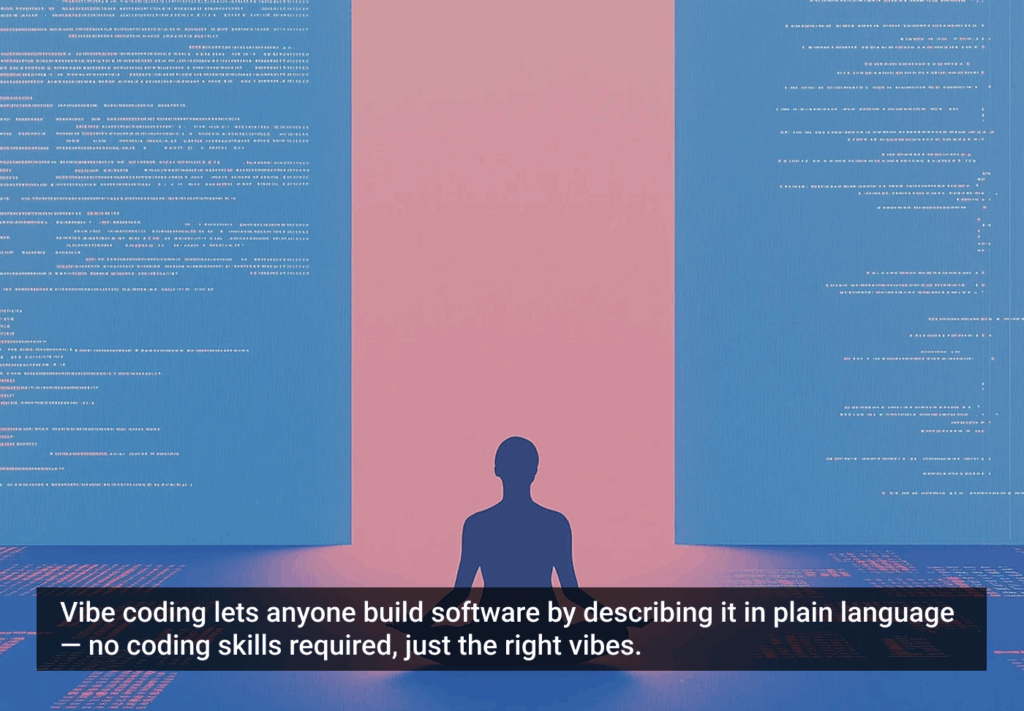Below is Tom Barker’s introduction to his new book Pro JavaScript Performance Monitoring and Visualization (Apress). Download a sample chapter, “What is Performance“, and enter to win a free copy by following the instructions a little further on down the page.
Authoring an optimal experience for users is an integral part of development, but for many developers performance can be a moving target. Even when adhering to current best practices and delivering satisfactory site performance, changes to the ecosystem can upset the balance. These changes could be new features introduced, new browsers released to the market, shifting browser market share, or even new hardware/operating system releases (especially with the recent release of Windows 8/IE10).
How should developers react to these changes? Not by simply following convention, but by actively monitoring the performance of sites, running in-house performance tests, and proactively gathering site-specific metrics. Not everyone has the same user base—the best practices that work today may not be as relevant as user bases change or evolve.
By monitoring the performance of sites over time, developers can track how changes impact performance and react in real-time to these changes. If a framework for performance monitoring is established, developers can then take optimizations to the next level and run multivariate tests to see just how much improvement can be made, or pinpoint what focus areas return the most value for investment.
Simply monitoring is the first step, but learning to communicate findings to teams of developers and larger organizations presents another level of analytics. Using the R Language, developers can craft charts and data visualizations to make their findings immediately digestible no matter the experience level of their audiences.
The goal with Pro JavaScript Performance is to give readers the tools to do all of this. The book describes the different aspects of performance, and explores the tools for quantifying and improving performance. It also provides tactical solutions for creating tools to measure the performance of your own web applications. Finally the book shows how to use R to create data visualizations from logged performance data.
So you want to win this book, right? Well, all you need to do is answer a question for us:
If you could change on thing about the hiring/job hunting aspect of the UX industry, what would it be?
There are three ways to enter the contest:
Via Twitter
- Make sure you’re following UX Magazine on Twitter.
- Create a tweet that says, “Hey @uxmag, <your answer>. Do I win a copy of Pro JavaScript Performance? https://uxm.ag/10d”.
- Replace the blank with your response to the question. Make sure to keep the rest of the tweet the same.
- Publish the tweet.
Via Facebook
- Make sure you’ve ‘liked’ UX Magazine on Facebook.
- Post a message to the UX Magazine wall (not your own wall) with your response to the question.
Via Email Subscription
- Visit UX Magazine’s email subscription page.
- Fill out all of the fields.
- Click ‘Subscribe to list’.
Note: If, and only if, you’ve already subscribed via email, you can enter this giveaway by emailing your answer to [email protected].
Five winners will be chosen from amongst the valid entries. The giveaway ends on Friday, November 16th.







